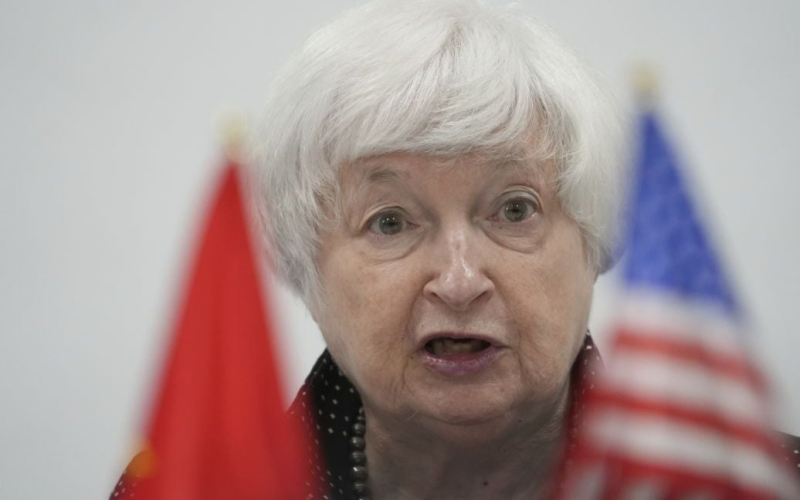
We are talking about a loan of 50 billion dollars, secured by the frozen assets of the Russian Federation.
US Treasury Secretary Janet Yellen, on the sidelines of the G20 financial leaders' meeting in Brazil on Friday, July 26, said that the “Big Seven” will agree on the terms by October $50 billion loan for Ukraine, secured by Russian assets.
Reuters writes about this.
Yellen noted that the negotiations on the loan had been constructive, including in connection with the U.S. demands for guarantees that the assets would remain frozen for an extended period of time – long enough to ensure that the loan would be repaid from the proceeds of the assets until a peace agreement is reached that preserves Ukraine's sovereignty and compensates it for the damage caused by Russian aggression.
“We are working closely together to try to move this forward. I think things are looking good in terms of getting to a point where we can do that, probably by October,” the US Treasury Secretary said.
The $50 billion loan, agreed in principle by G7 leaders in June, will be serviced by income from about $300 billion in Russian Central Bank assets that the West froze after Russia began its full-scale invasion of Ukraine in 2022.
Although there is no unanimous support among the G7 countries for a complete confiscation of the $300 billion in capital, they all agree that there are legitimate reasons for using the profits from these assets.
The US insists on guarantees from European countries regarding asset freezes to facilitate the loan process. In the absence of such guarantees, loan servicing will have to be included in the US budget and must be approved by Congress. Given past disagreements over Ukraine funding and the upcoming US elections, the Biden-Harris administration wants to avoid this.
The amounts that the G7 countries will contribute towards the loan have not yet been determined. Most of the frozen money, about $228 billion, is in the European Union. About 10 billion are frozen in the USA, another 10 billion in the UK and about $30 billion in Japan.
This means that the bulk of the funds to service the loan will come from assets frozen by the EU, which extends its decision on sanctions against Russia, including an asset freeze, every six months.
This raises risks to income stability, U.S. officials say, leaving them vulnerable to disagreements among EU member governments.
Recall that the EU announced when the first 1.4 billion euros from the frozen assets of the Russian Federation will arrive in Ukraine. The funds will be used to purchase priority military equipment for Ukraine.
Related topics:
More news

